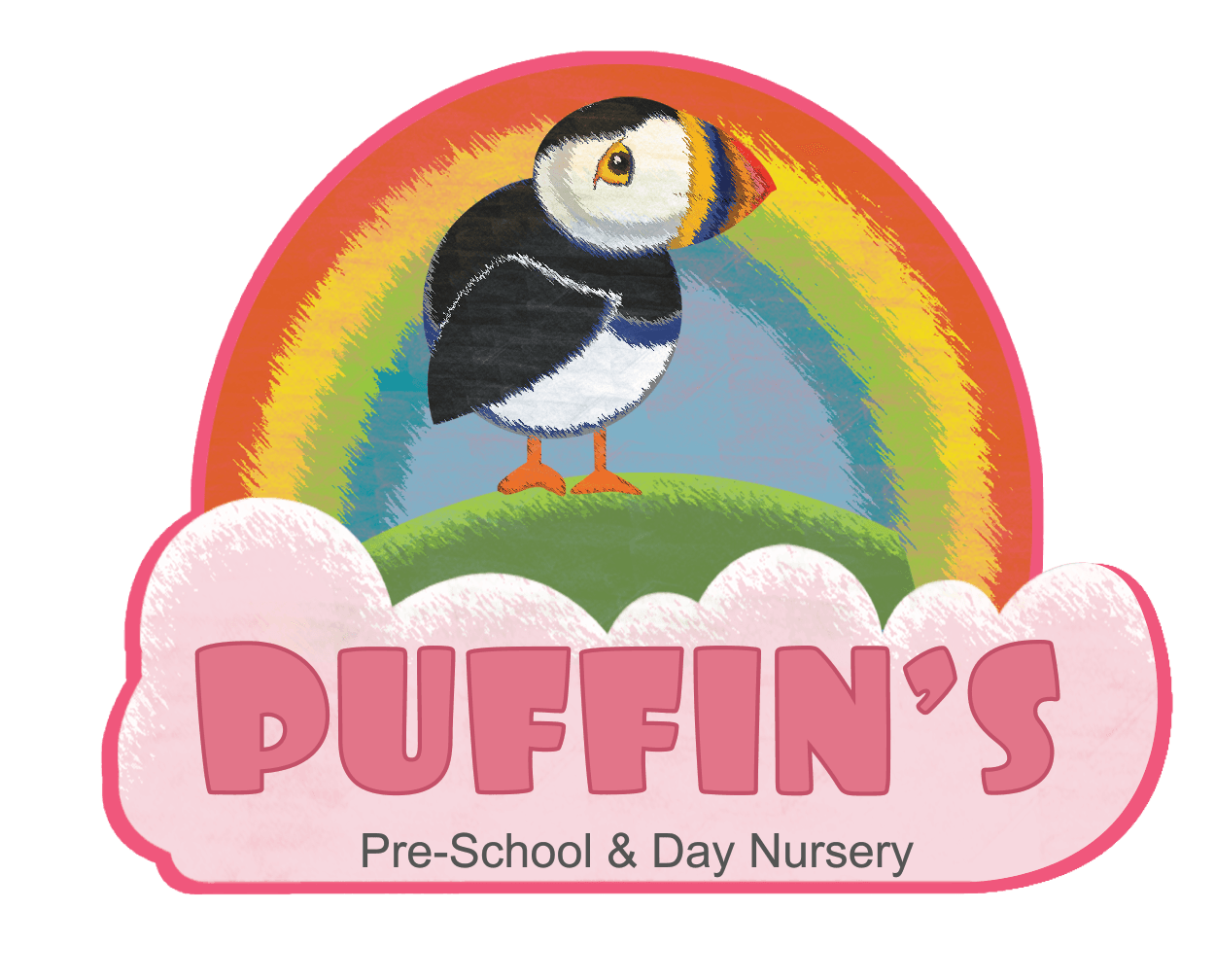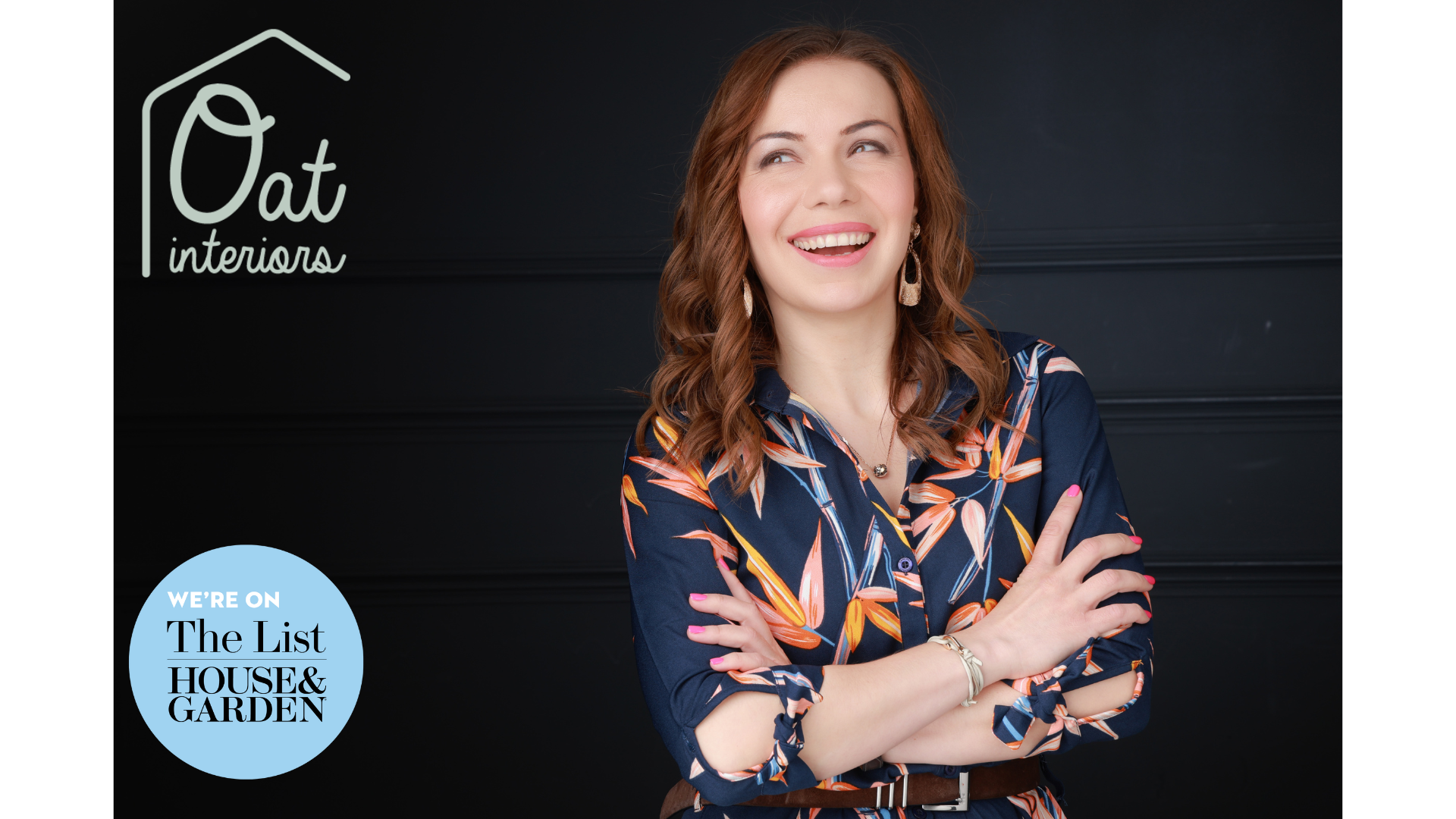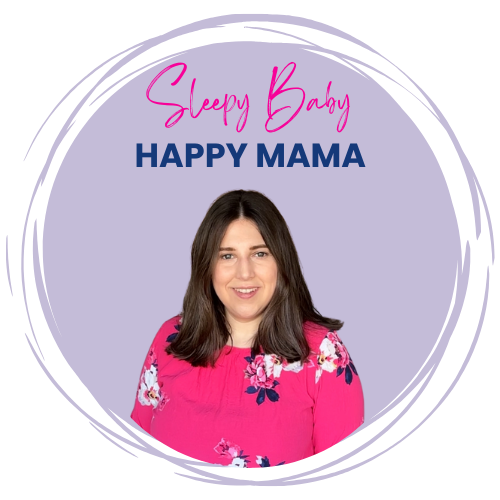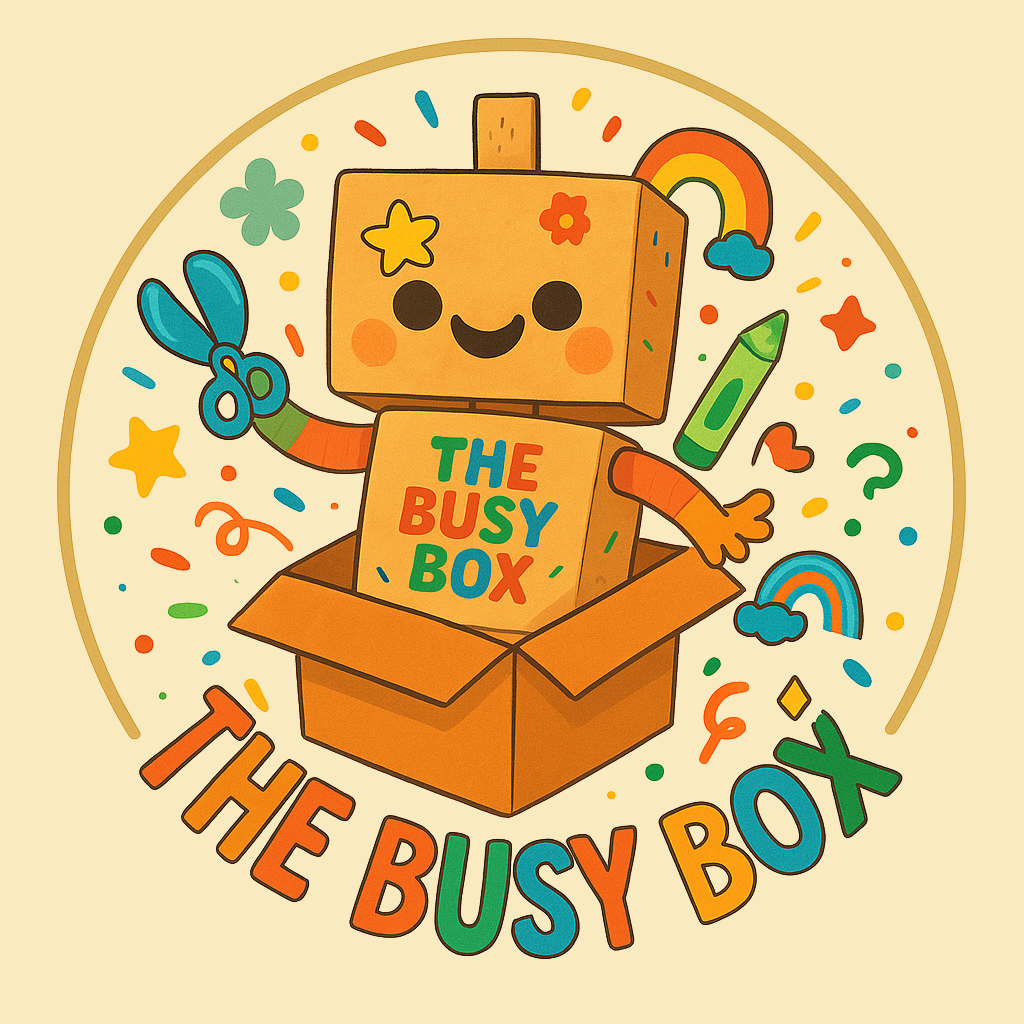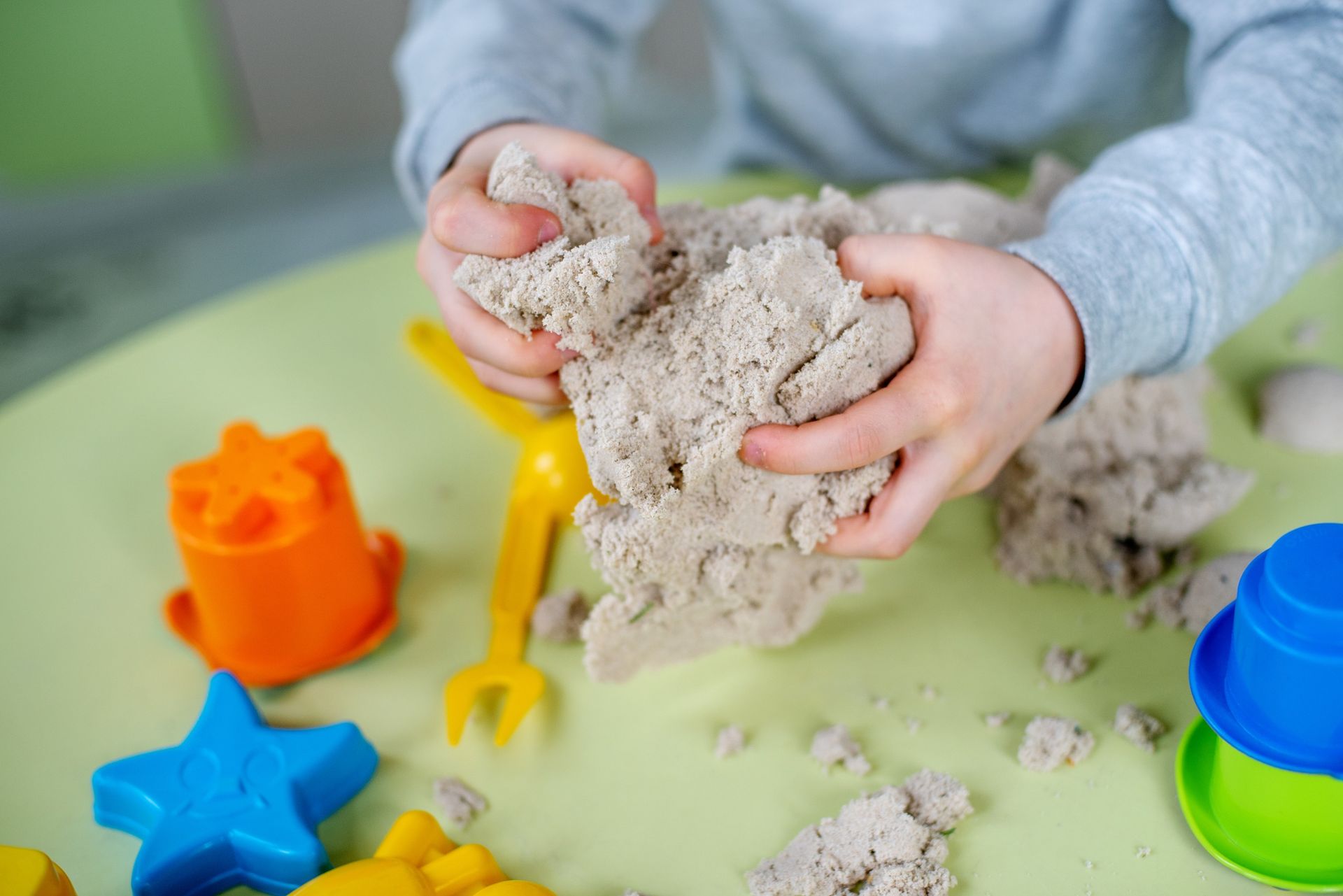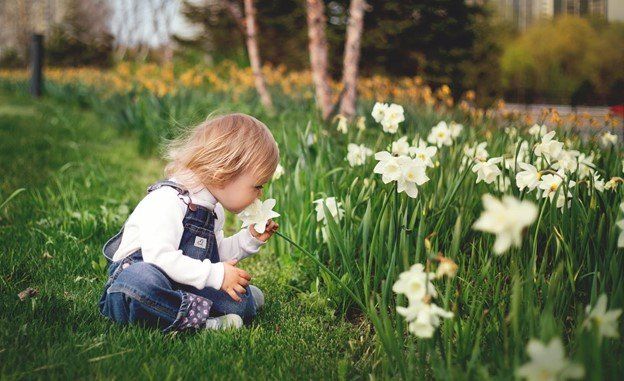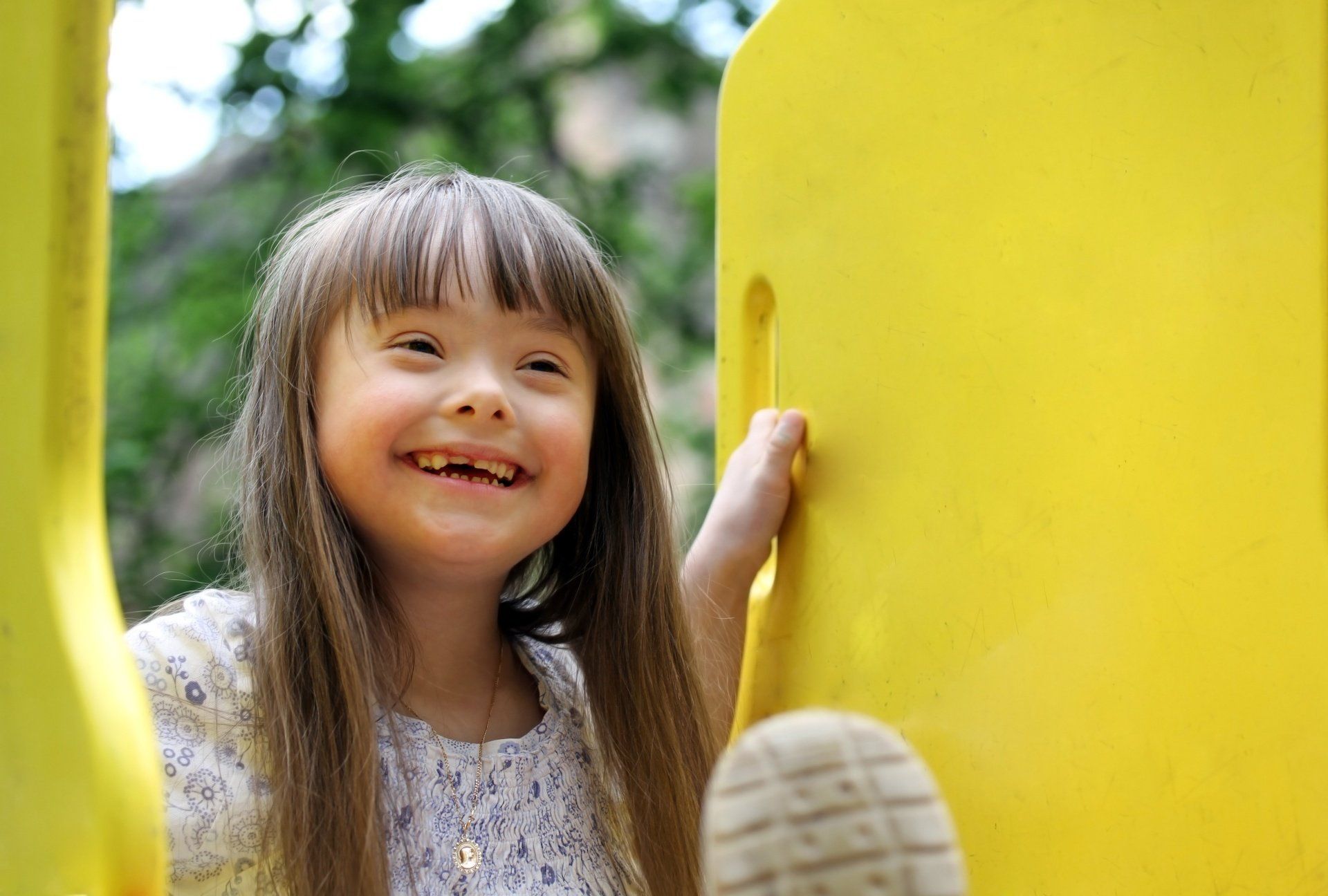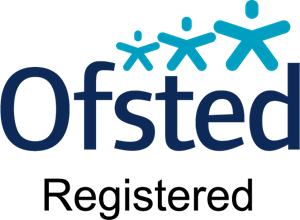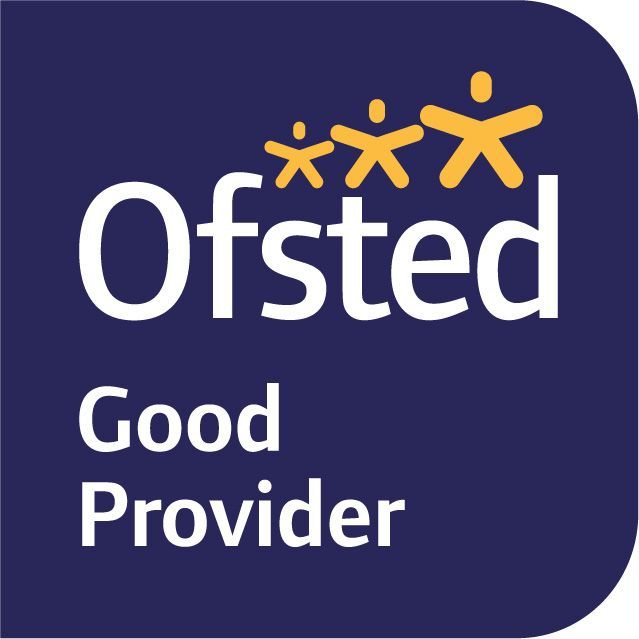Our Lending Library
Puffins • April 16, 2020
We are so excited to announce that we have set up our new 'Lending Library' set within our lobby.
Reading and listening to stories is an essential part of learning within the Early Years as this not only promotes for a love of books, but it helps to develop a number of areas:
- Promotes familiar relationships with adults who are reading the story to the child
- Builds confidence and self-esteem
- Aids cognitive development
- Supports the development of communication and language
- Supports good mental health and well-being
- Supports and builds foundations of good literacy and reading skills, preparing the way for school
- Supports the development of fine motor skills
- Supports the development of listening and concentration skills
We want to support our families where possible and would love to share our stories to ensure all children at our setting are getting the same opportunities to enjoy books.
Please feel free to borrow a book from our Lending Library at any time!
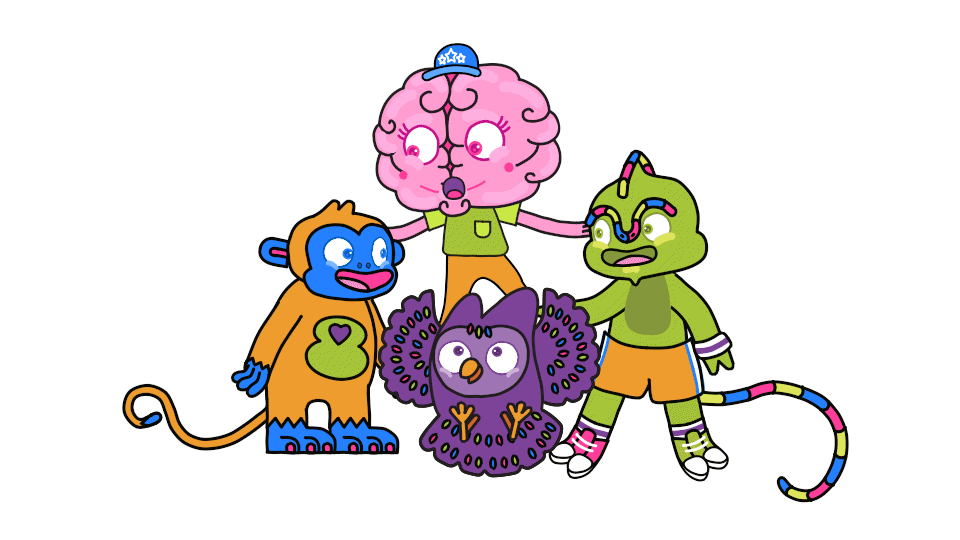
Have you ever wondered why your preschooler melts down when their toast is cut the “wrong” way, or why transitions can feel so big and overwhelming? It’s not just a phase, it’s brain development in action. At this age, your child’s brain is growing rapidly, but it’s still under construction. That’s where The Brain Friends come in- a simple, science-based way to help parents and children understand what’s going on inside those little heads (and hearts). The Brain Friends are four characters that represent key parts of your child’s developing brain. Together, they help make sense of big feelings, tricky behaviour and moments when everything just feels a bit much. Let’s meet them... Lenny Lizard lives in the brainstem, the part of the brain responsible for keeping the body alive and ready to act. He controls basic functions like breathing, heart rate, and movement. When your child jumps, runs, pushes, hides, or hits without thinking, that’s Lenny in charge. Lenny’s job is to mobilise the body quickly in response to discomfort or stress. He doesn’t plan or think things through — he reacts. He’s essential for survival, but sometimes he takes over when a child is just hungry, overstimulated or tired. Mylo Monkey lives in the emotional part of the brain, where the amygdala and hippocampus are. He’s the one who sounds the alarm when something feels big, scary or upsetting. Mylo doesn’t use logic — he uses feelings. That’s why your child might panic, cry or cling when something unexpected happens. Mylo is communicating through emotion. Orla Owl lives in the thinking part of the brain, the prefrontal cortex (which is still developing into their 20s!) She’s in charge of reflection, problem-solving and reasoning. But Orla can only come online when Lenny and Mylo are calm. That’s why young children can’t “just calm down” or talk about their feelings in the moment; their brains haven’t made that leap yet. Brilliant Brain helps connect everything together. He’s in charge of learning and growing through practice. When your child uses the Brain Friends regularly, they’re not just behaving better, they’re building new neural pathways that support emotional development, resilience and independence over time.
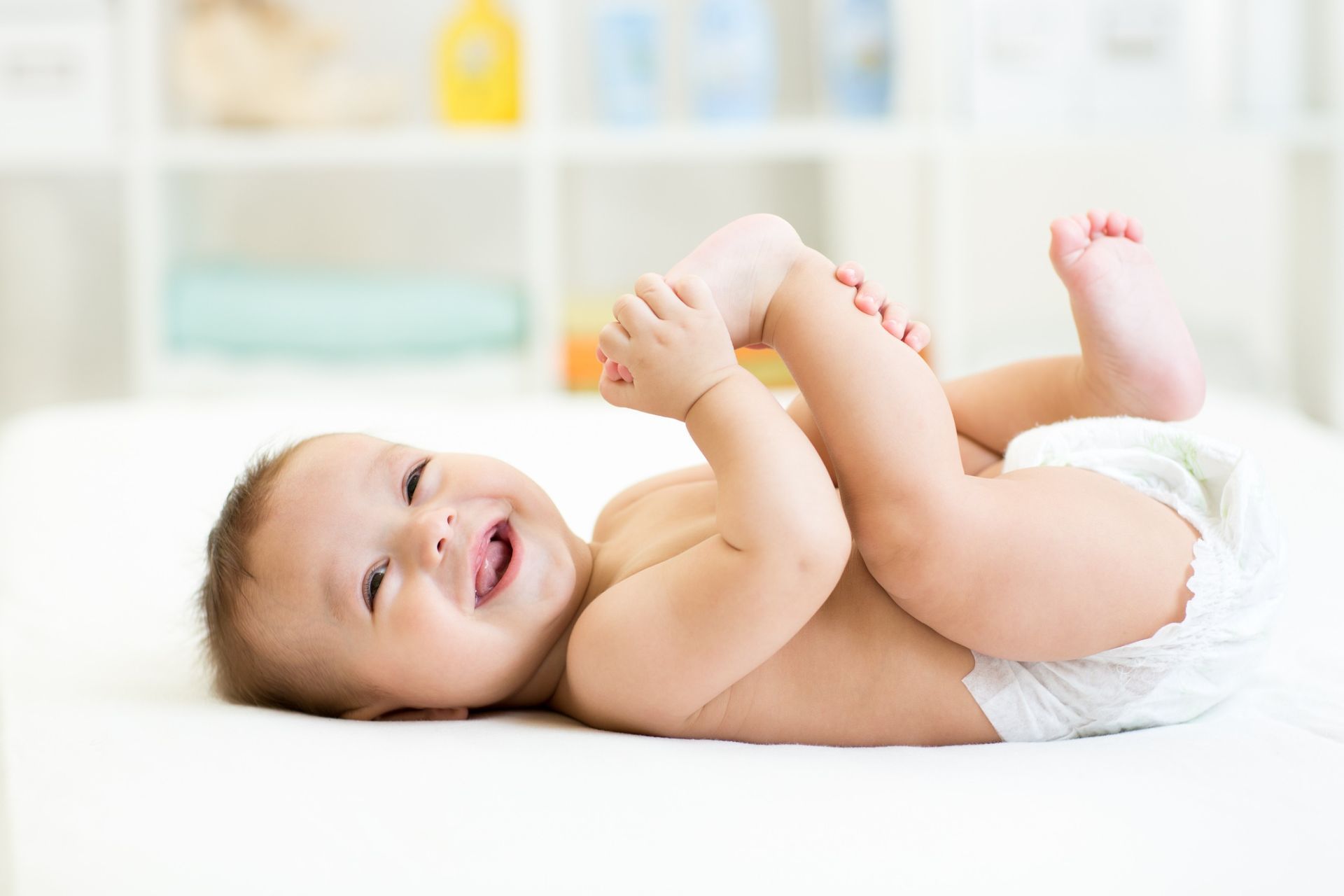
It’s a common question, along with asking if they should wear shoes. Find out all the answers below from a blog post we found from the Start Rite website. Babies are delicate and require our utmost care and attention – this goes for their feet too. One of the many things for new parents to think about is whether or not their baby needs socks. While socks may seem like a small detail, they can actually play a role in your baby's comfort and development. Babies are not able to regulate their body temperature as effectively as adults, and their extremities, such as their hands and feet, can become cold quickly. Socks provide an extra layer of insulation, keeping the baby's feet warm and comfortable. This is especially important during the colder months or in air-conditioned environments. In addition to keeping your baby's feet warm during colder days, socks can also offer a degree of protection. When babies start to crawl, they are at risk of injuring their feet, particularly when outside or on very hard and uneven surfaces. But, it is important to note that socks should not be used as a replacement for proper footwear. When your baby is starting to crawl, allowing them to do so barefoot is best. However, if you have cold floors, or the childcare provider you use insists on foot coverings, we’d always recommend a correctly fitting pair of pre-walkers worn with socks.
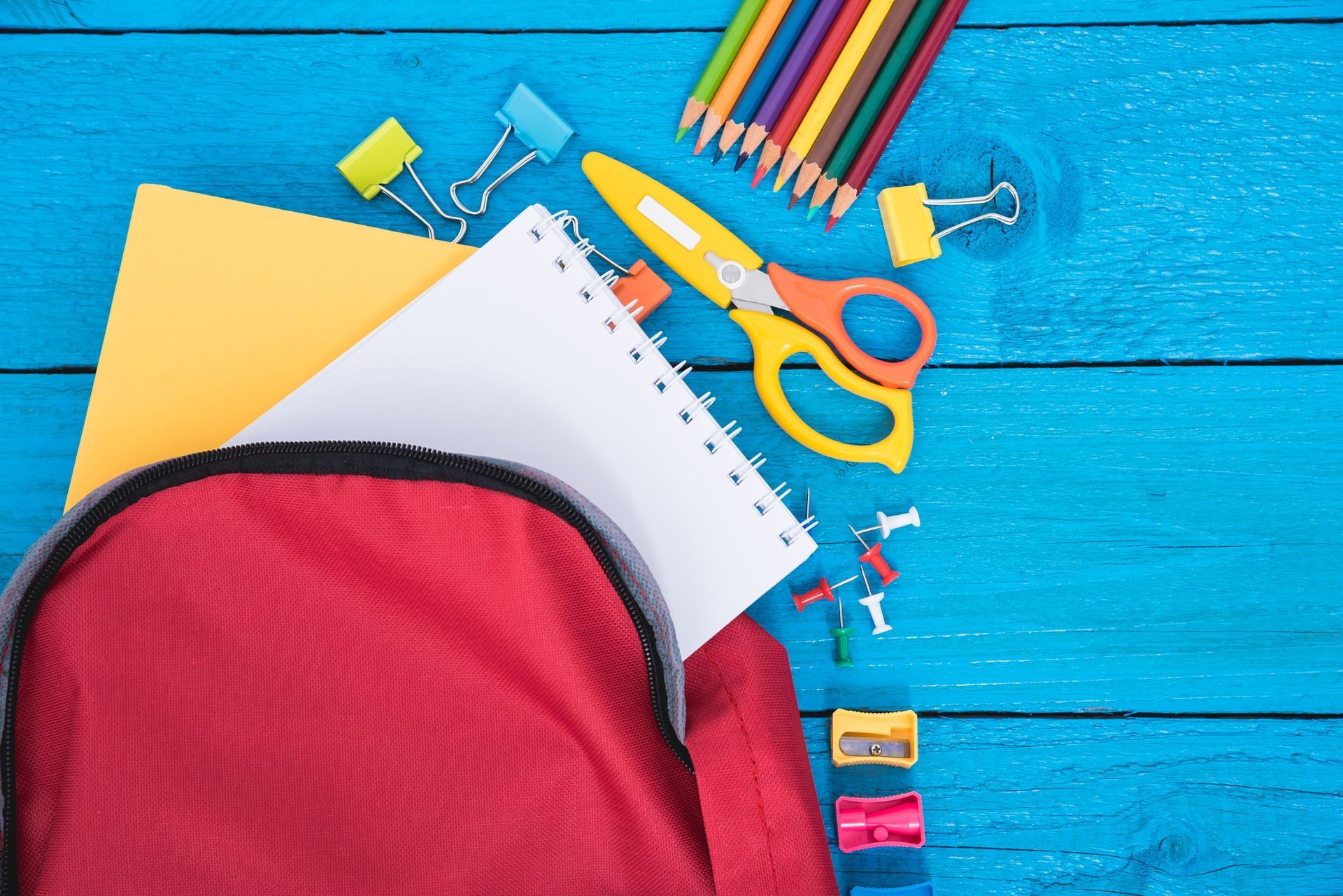
Going back to school at the end of the summer holidays can mean a great big to-do list. Preparing to head back to school involves many things, from buying new school shoes to easing into an earlier bedtime before the first day back. One thing that is often overlooked, though, is the emotional side of going back to school. Please take a look below at ways to overcome anxiety which we found on the Start Rite website.
